Dubbed as the potato’s hairy and “unfortunate-looking” cousin, taro is actually a culinary favorite in many cultures around the world. In Hawaii, it’s transformed into “poi,” a traditional dish of mashed taro roots and water, and served to guests or fed to babies. Taro chips (baked not fried), on the other hand, is becoming a popular healthy alternative to MSG-loaded processed potato chips, and can be found in many health stores today.
Despite its odd and unappetizing appearance, there’s actually more to taro than meets the eye. Here’s everything you need to know about taro in our guide.
The Potato of the Tropics: What Is Taro?
Large and herbaceous, taro (Colocasia esculenta) is a perennial from the Araceae (aroid) family. It is identified by its large heart-shaped leaves that differ in size and color. The plant can grow anywhere between 0.4 and 2.3 meters (1.31 to 7.5 feet). It also goes by other names, such as dasheen, Chinese potato, cocoyam, curcas and dalo.
Taro is native to India and Southeast Asia, and has earned the moniker “the potato of the tropics.” It grows best in humid climates and very wet conditions. It’s extremely hardy, which contributes to its popularity in these parts of the world. Taro is one of the few crops that can grow in flooded regions. However, growing taro in dry conditions usually results in decreased corm production.
The starchy, underground-growing corm, also known as the taro root, is a staple food in these areas, as well as in China, Hawaii, Africa and the Caribbean. The taro root is usually brown, “hairy” and cylindrical. The flesh of the taro root in most varieties is usually white or purplish. Swamp taro, giant taro and arrow leaf elephant’s ear are some of the most common varieties of this plant.
Although the root is the most popular part of the plant for culinary use, take note that the large leaves are edible, too. Both the root and leaves should always be cooked, however, as raw consumption may cause burning pain and swelling of the lips, mouth and tongue, as well as gastric inflammation.
Taro Benefits: Both the Root and Leaves Can Do Wonders for Your Health
Taro root’s benefits come from its rich source of nutrients, which include potassium, calcium, magnesium, phosphorus, folate and fiber. It contains good amounts of antioxidants, as well as vitamins C, B and E.
Perhaps the most standout quality of this root crop is its high fiber content. Fiber is essential to your digestive health, as it can help add bulk to your stools, allowing them to pass easily through your digestive system. Getting enough fiber may also help prevent constipation, control hunger and manage the symptoms of irritable bowel syndrome.
Don’t forget the taro leaves — they can provide a variety of nutrients, too. These greens are a wonderful source of fiber, protein, calcium, iron, magnesium, phosphorus, vitamin A, vitamin C and folate.
Due to its outstanding nutrient profile, it’s no surprise that taro — both its root and leaves — offers health-promoting benefits, such as:
- Reducing the risk of diabetes— The dietary fiber in taro can help regulate insulin and glucose levels in your body, and prevent your blood sugar from spiking.
- Improving vision health — Antioxidants such as cryptoxanthin and beta-carotene in taro help keep free radicals at bay, reducing your risk of macular degeneration and cataracts.
- Helping keep skin healthy — Vitamins A and E are vital to skin health. Adding taro to your diet may help reduce blemishes and wrinkles, and give your complexion a healthy glow.
- Bolstering your immunity — The high vitamin C levels in taro can help improve immune function by supporting cellular functions of the innate and adaptive immune systems.
- Promoting heart health — Aside from itsdietary fiber, the potassium in taro is essential for helping maintain proper cardiovascular function. It is responsible for controlling your heartbeat, relieving stress on the arteries and keeping blood pressure in check.
Taro’s Versatility Goes Beyond Cooking
While the culinary uses for this root crop are virtually endless, did you know that the taro plant has uses outside of the kitchen as well? Here are some examples:
- The corm peelings and leaves of taro are sometimes fed to pigs. Boiled taro corms are also fed to weanling pigs to give them energy.
- The petioles and leaves of the plant can be used to make dyes for kappa (bark cloth).
- In Africa, the leaf stalk of taro has been used for plaiting.
- The corms and cormels are used by the paper industry and for manufacturing of medicinal tablets.
- The plant is used in garden and lawn landscaping for aesthetic purposes.
How to Cook Taro Root and Leaves: Keep These Tips in Mind
When buying taro, make sure to look for firm and heavy roots. Avoid roots that have been sliced or damaged on the ends, or have molds. Take note that raw taro root may cause itchiness, so it would be wise to use protective gear.
You can store taro roots the same way you store potatoes. The roots do not require refrigerating, but the greens will — place them in the crisper, just as you would with other leafy greens. Before cooking the root, simply wash it, trim the ends and peel away the tough skin using a paring knife. Remove the sticky sap by submerging it in cold water.
Taro is usually prepared in the same way as potatoes or sweet potatoes. You can boil, steam or bake it. You may also add it to soups, curries and stews, or enjoy it on its own. Taro tea, also known as “taro bubble tea” because it comes with tapioca pearls, is another popular snack today — although you will need to be careful, as most recipes are loaded with sugar or high-fructose corn syrup.
Again, never attempt to eat uncooked taro roots and leaves. This plant contains needle-like calcium oxalate crystals, which can lead to extreme irritation in your throat and mouth, resulting in a burning and stinging sensation. If consumed without cooking it thoroughly, it may also result in gout and kidney stones.
| Taro Nutrition Facts
Serving Size: 100 grams |
||
| Amt. Per Serving |
||
| Calories | 142 | |
| Total Fat | 0.11 g | |
| Saturated Fat | 0.023 g | |
| Trans Fat | 0 | |
| Cholesterol | 0 mg | |
| Sodium | 15 mg | |
| Total Carbohydrates | 34.60 g | |
| Dietary Fiber | 5.1 g | |
| Sugar | 0.49 g | |
| Protein | 0.52 g | |
| Vitamin A84 IU | Vitamin C | 5 mg |
| Calcium18 mg | Iron | 0.72 mg |
*Percent Daily Values are based on a 2,000 calorie diet. Your daily values may be higher or lower depending on your calorie needs.

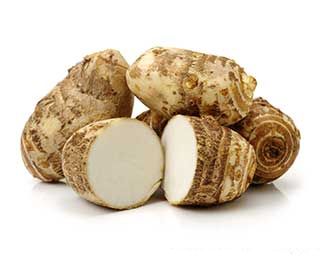
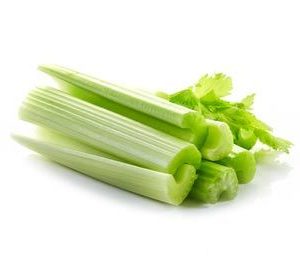

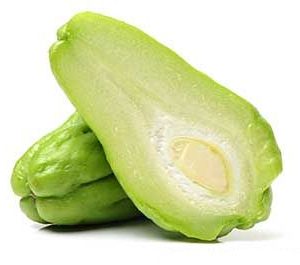
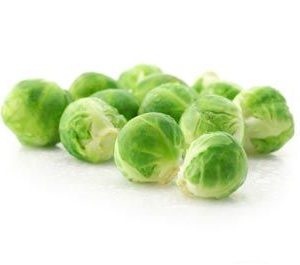
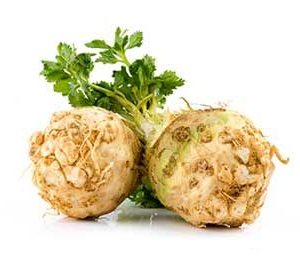
Reviews
There are no reviews yet.